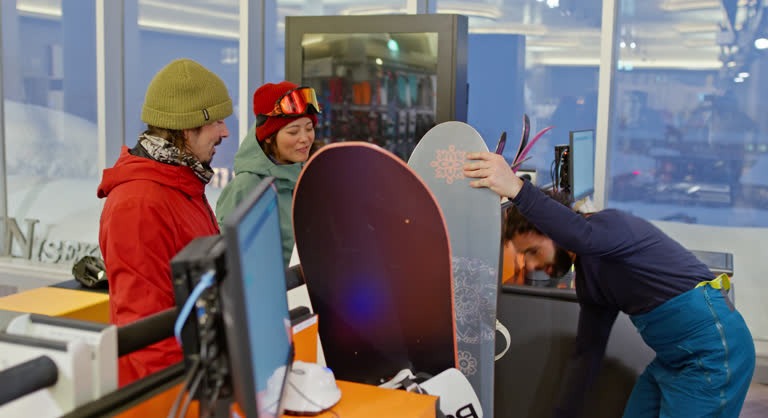Skiing is a thrilling sport that attracts millions of enthusiasts worldwide. The rush of gliding down snow-covered slopes, surrounded by breathtaking mountain views, is an experience like no other. However, skiing also comes with its set of risks and challenges. One crucial aspect often overlooked by both novice and seasoned skiers is the importance of properly fitting equipment. Ensuring a good fit can be the difference between an exhilarating day on the slopes and a skiing disaster.
A well-fitted ski boot is fundamental to maintaining control and stability while skiing. Ill-fitting boots can lead to discomfort, reduced performance, and increased risk of injury. Boots that are too tight may cause circulation problems or painful pressure points, while those that are too loose can result in poor control over skis, leading to falls or accidents. It’s essential for skiers to try on multiple pairs and consult with professionals who can assess their foot shape and recommend get the details best options.
Skis themselves also need careful consideration when it comes to size and fit. Skis that are too long or too short for one’s height, weight, and skill level can severely impact balance and maneuverability on the slopes. Beginners should opt for shorter skis as they provide better control and ease in turning. More advanced skiers might prefer longer skis for greater speed but must ensure they have developed the necessary skills to handle them safely.
Bindings play another critical role in preventing skiing mishaps. These devices connect boots to skis and must be adjusted correctly according to the skier’s weight, height, skill level, and boot size to function properly during falls by releasing at appropriate times—preventing potential leg injuries like sprains or fractures.
Helmets are non-negotiable safety gear items whose importance cannot be overstated; however proper sizing ensures maximum protection during impacts without compromising comfort throughout prolonged use during ski sessions under varying weather conditions which could include extreme cold temperatures coupled with high-speed winds found atop mountainous terrains where most ski resorts operate globally today!
Finally yet importantly: clothing layers contribute significantly towards maintaining warmth & flexibility required executing smooth turns descents across diverse snowy landscapes encountered every trip out there!











